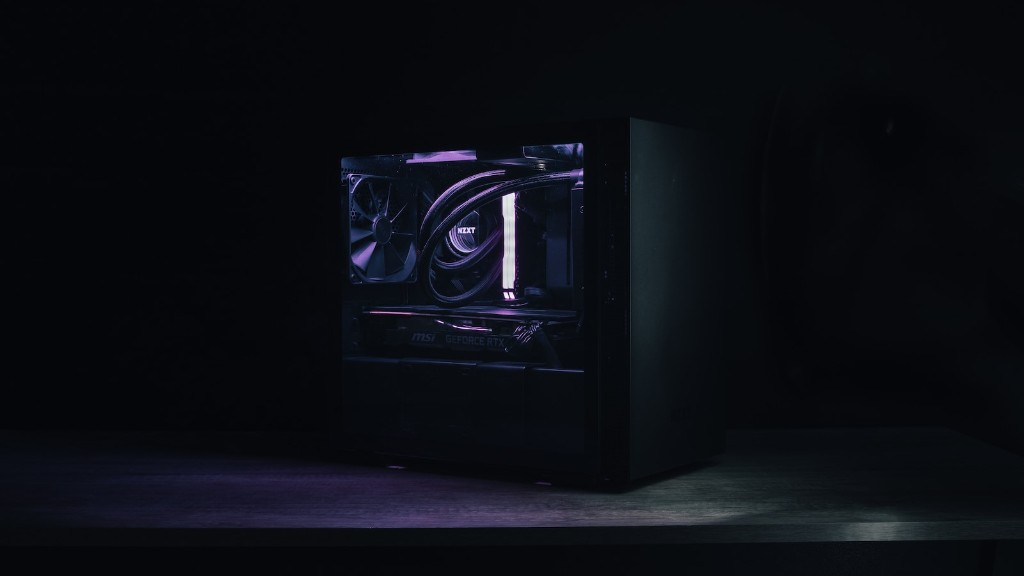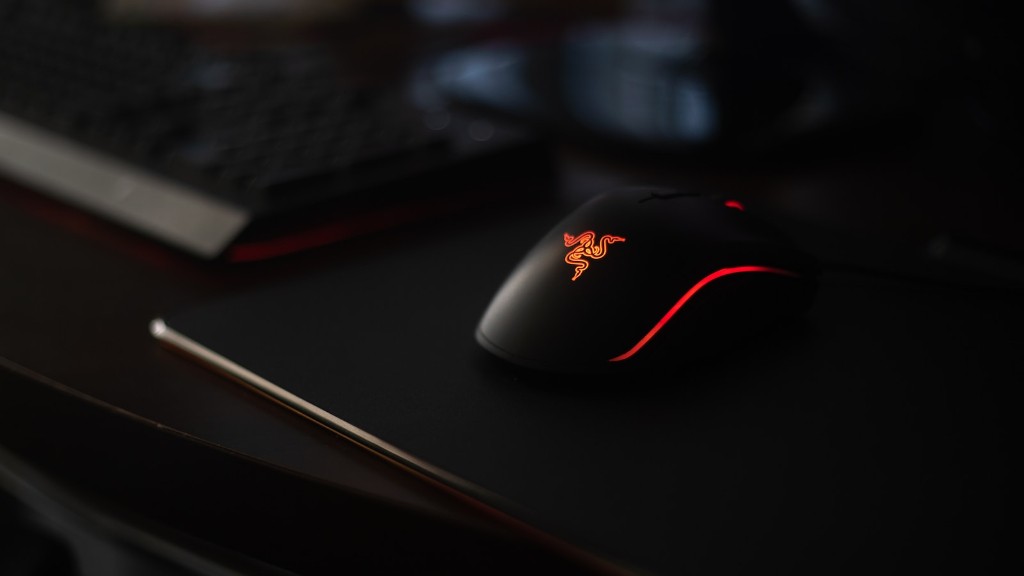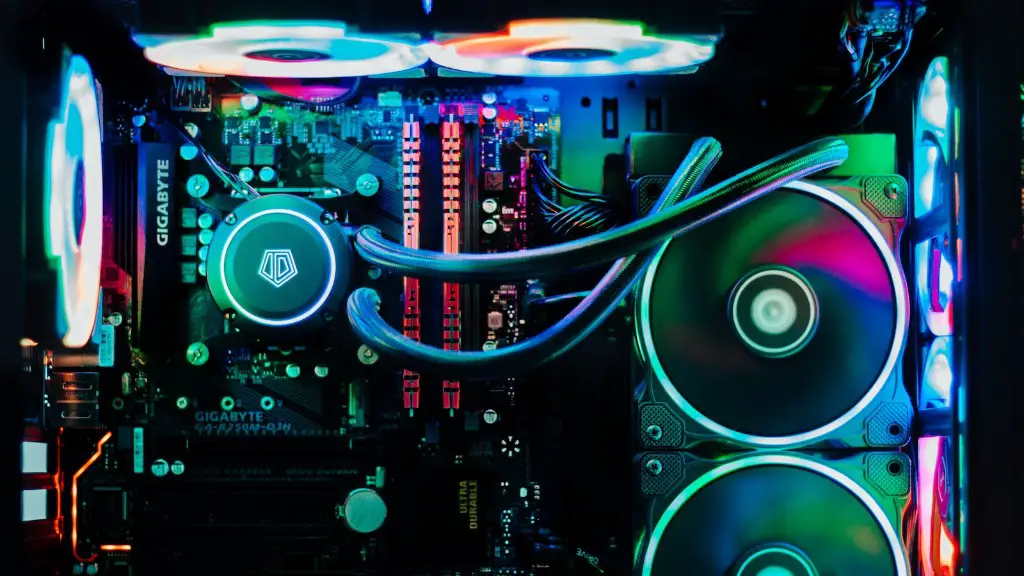Although gaming on a laptop is commonplace, taking the time to build your own gaming PC is becoming an increasingly popular pastime as the range of components available grow and prices drop. Assembling your own personal computer allows you to make more informed decisions and to potentially create a gaming machine designed with your style of gaming in mind. Still, before you start assembling your parts, it will help to understand what components you will need to build your own gaming PC.
To begin with, you need to get a compatible motherboard and CPU. This is the foundation of your gaming PC, as it essentially acts as a universal connector for all components. Select one that is compatible with the other parts, fits inside your budget, and provides the port types you’ll need for your intended peripherals. You may also want to consider the form factor, which can range from small micro-ITX PCs to large full-tower systems. Next, you will need some RAM. This will largely depend on the type of games you intend to play and the graphics card you choose. Generally, 8GB should be sufficient for the majority of games.
After that, you will need a graphics processing unit (GPU). A GPU is what allows you to play games in higher resolutions and at higher frame rates with more detail. To get the most out of your gaming experience, you should select a GPU that is powerful enough to handle the games you’re interested in playing. Furthermore, you will need a hard drive, which allows you to store your data. You can choose between economical hard drives and larger solid-state drives. The latter will offer better performance and will be more attractive to those who need to store a lot of data.
Finally, you should think about the rest of the components you need including the power supply, case, and cooling. The power supply will be necessary to power your gaming PC and provide it with electricity. The case is what houses all of the components and allows you to transport it and protect it. Cooling systems are essential for high-end gaming and help to keep your gaming PC from getting too hot. The precise combination of parts will depend on your preferences, budget, and the types of games you plan to play.
Costs Involved
The cost of building your own gaming PC is largely dependent on the components you choose. High-end components such as a powerful GPU and a processor can get expensive quickly. On the other hand, more budget-friendly options are available if you’re willing to make compromises. Ultimately, it’s important to determine your budget and then research the parts associated with that budget and decide which combination of parts will best suit your needs.
Tools and Methods
It is important to keep in mind, building your own gaming PC requires a few tools. If you’re comfortable, you can use tools from around the home, such as a screwdriver. However, a dedicated toolkit, with more specialized tools specifically designed for computer assembly work can make the job a lot easier. Additionally, although you may not ever need to do it, you should read up on the standard methods of taking a PC apart and putting it back together.
Part Compatibility
When assembling your gaming PC, it is very important to ensure that all the parts you’re selecting are compatible with each other and that they use the same sockets and ports. If you’re not careful, you could end up with a mismatched setup. With that being said, you may find helpful online resources such as Wikipedia and forums that can help you research part compatibility or ask questions.
Benefits of Building
One of the biggest benefits of building your own gaming PC is that you are aware of the exact components used. This means you know exactly what you’re getting and you can shop around for the best prices. Plus, you’ll know how to repair and upgrade your own PC if something were to go wrong down the line. Generally, a PC you have built yourself will be more powerful, have easier access to upgrade parts, and is usually more cost effective than a pre-built PC.
Finalising the Build
You’ve done all the hard work, now it’s time to get your gaming PC ready to go. The first step is to ensure that the operating system matches the hardware. Download the OS onto a USB drive, then use the USB drive to install it. It’s important to make sure your machine is connected to the internet during setup. Once setup is finished, you’ll be able to download your preferred software and games.


